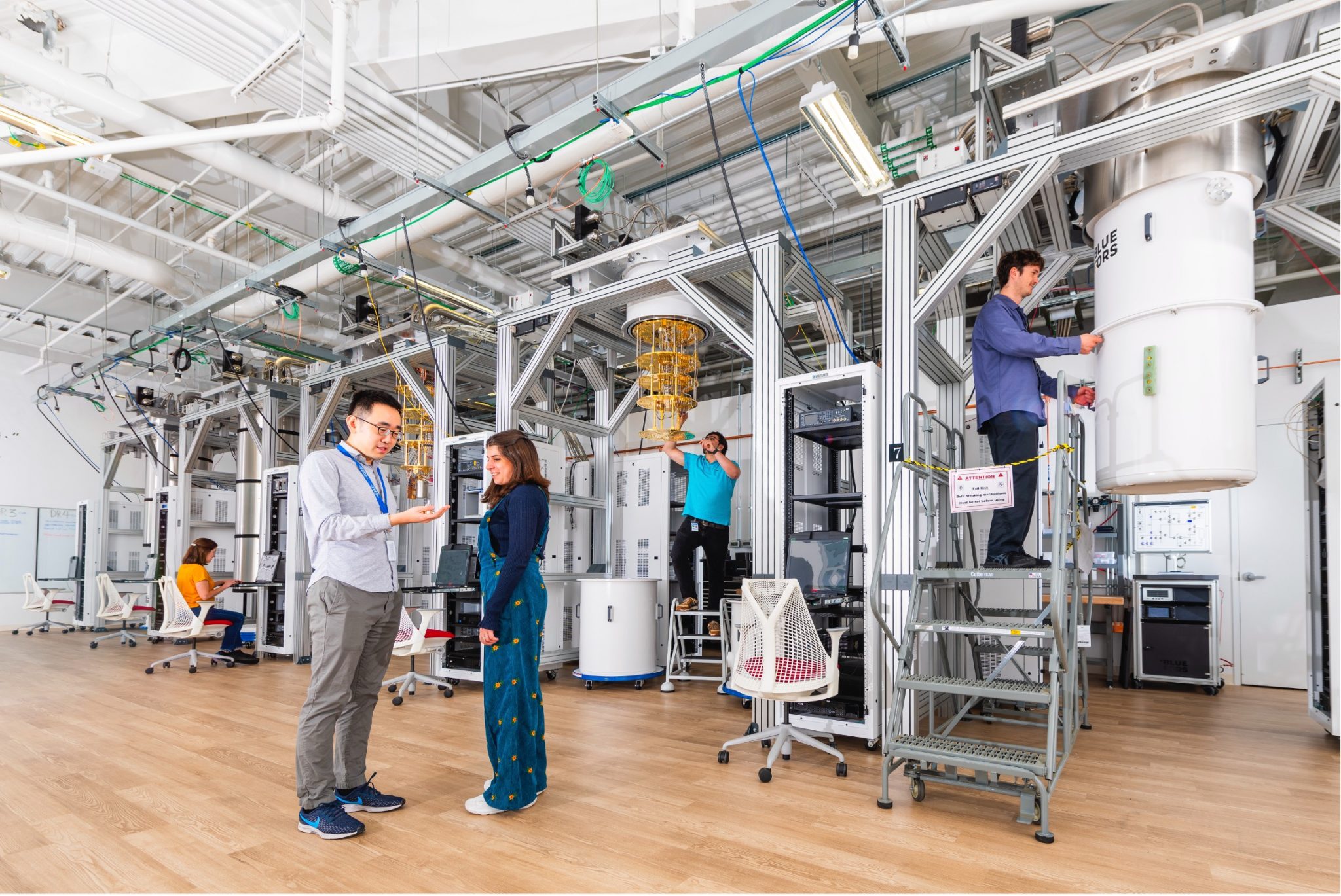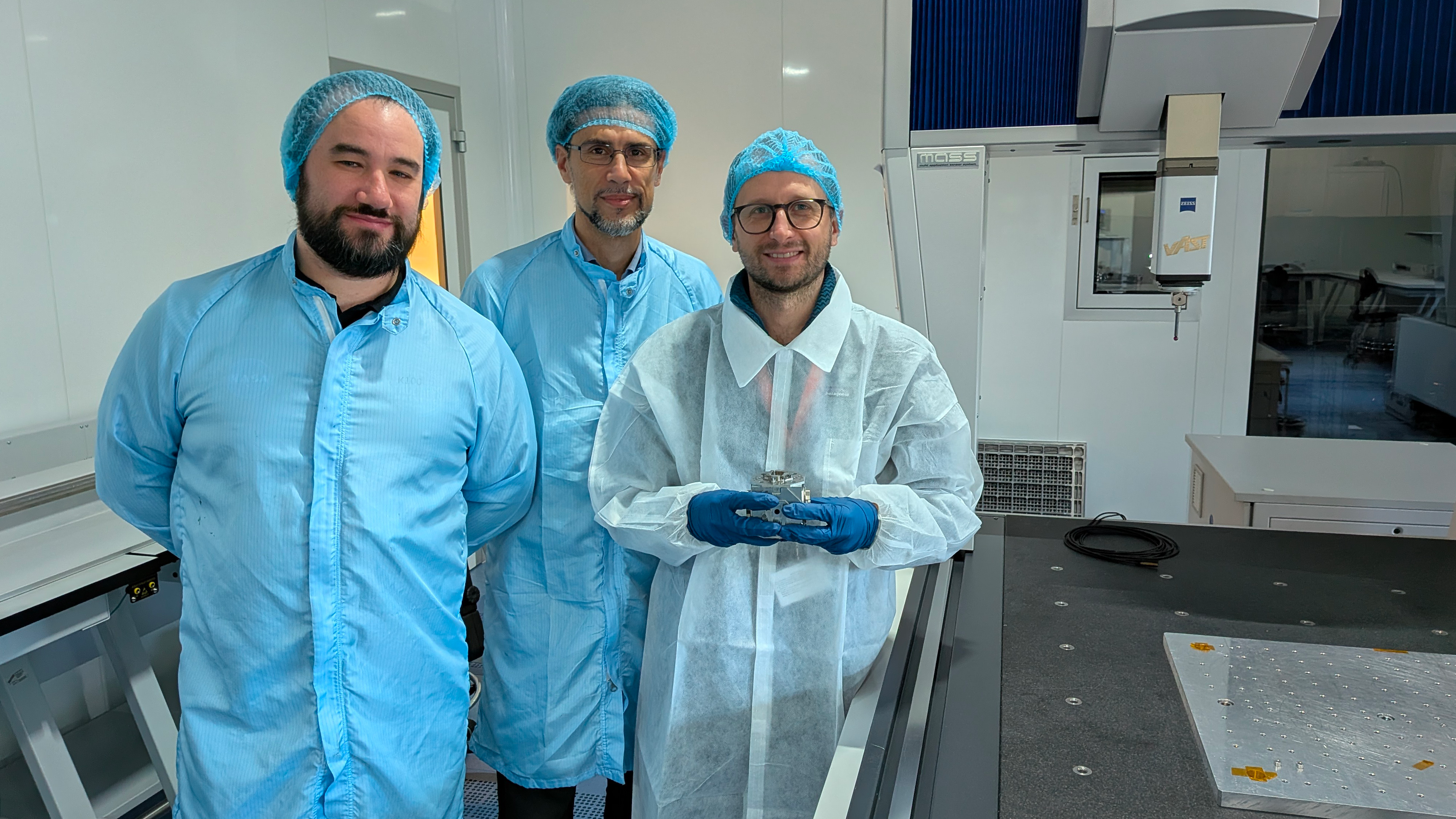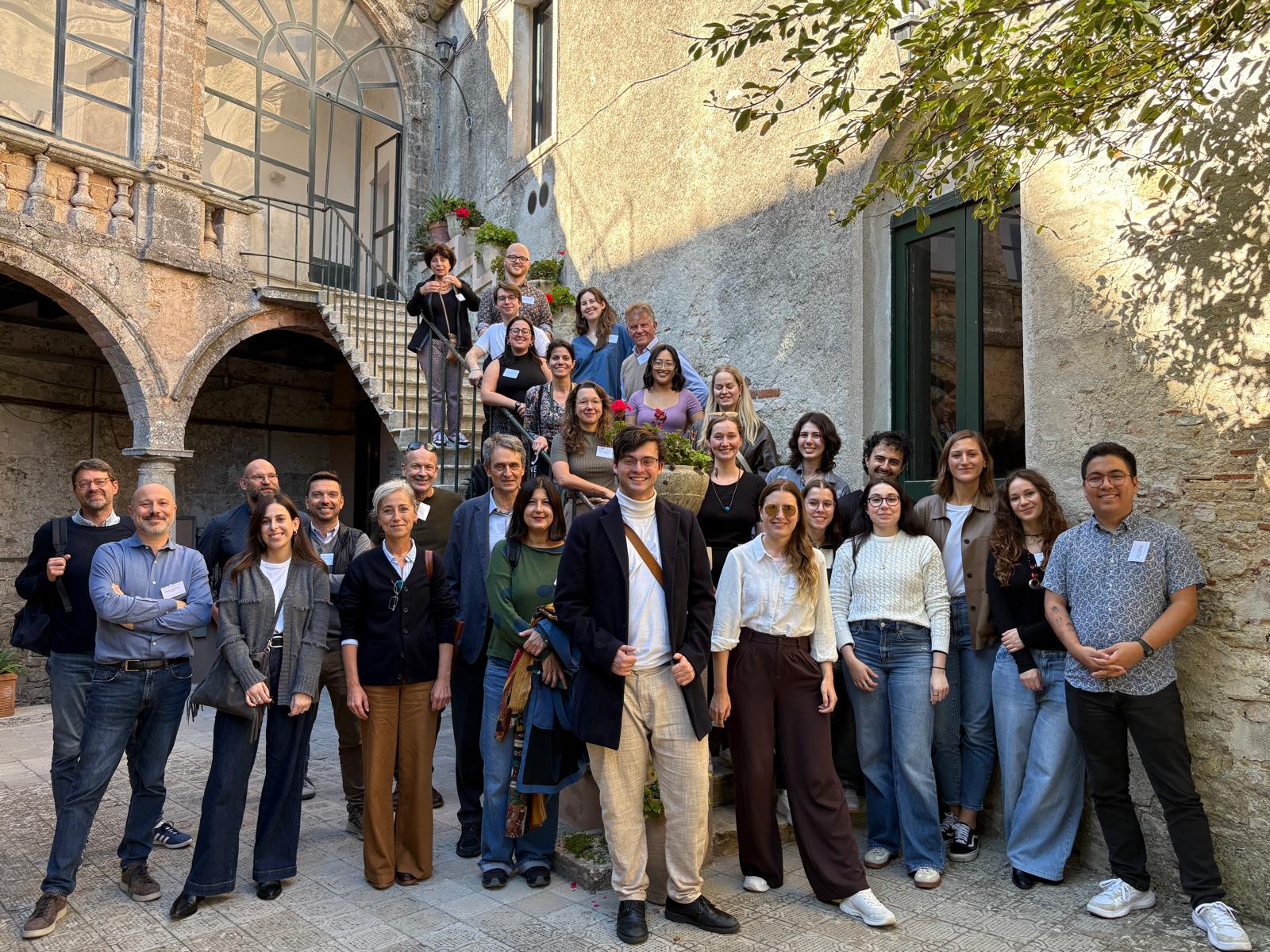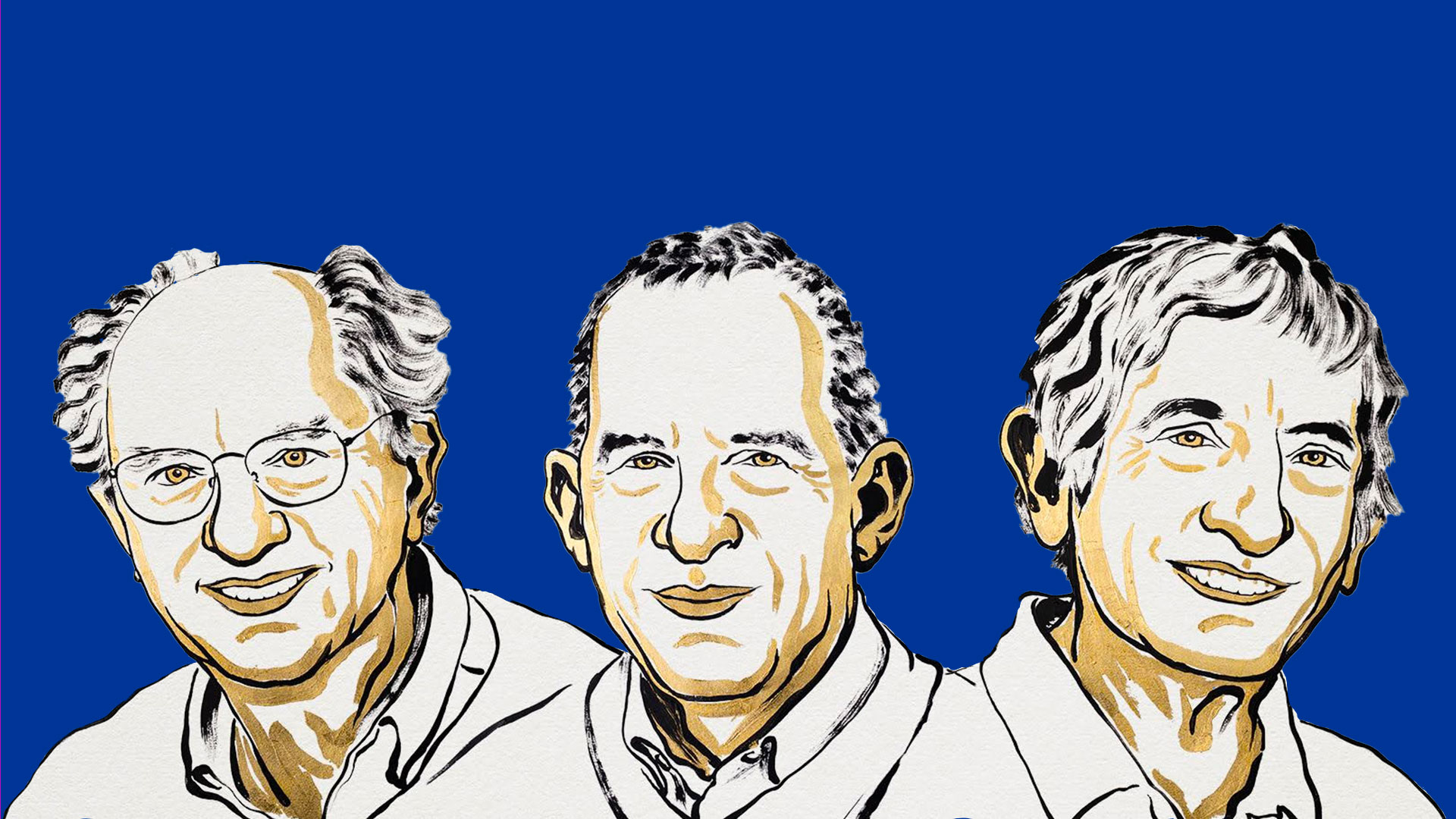 It is a process, predicted by the Standard Model of particle physics and long sought: indeed it took six years to identify the decay of the Higgs boson in a pair of fundamental particles, called b-quarks (from beauty). The observation, presented on August 28th at CERN, by the scientific collaborations ATLAS and CMS at the LHC accelerator, confirms the hypothesis that the quantum field of the Higgs boson, which pervades the whole universe, also couples with the b-quark giving it a mass. Identifying this decay channel has been anything but easy: there are, in fact, many ways to produce quark b in proton collisions. This makes it difficult to isolate the decay signal of the Higgs boson from the “background noise” associated with these processes. In order to definitively isolate the signal, the ATLAS and CMS collaborations had to combine the data of the first and second run of LHC, including collisions at the energies of 7, 8 and 13 TeV. The result, both for ATLAS and CMS, lead to the observation of the decay of the Higgs boson in a pair of b-quarks with a statistical significance of more than 5 standard deviations (5 sigma). Both collaborations measured a decay rate consistent with the Standard Model prediction, within the current measure.
It is a process, predicted by the Standard Model of particle physics and long sought: indeed it took six years to identify the decay of the Higgs boson in a pair of fundamental particles, called b-quarks (from beauty). The observation, presented on August 28th at CERN, by the scientific collaborations ATLAS and CMS at the LHC accelerator, confirms the hypothesis that the quantum field of the Higgs boson, which pervades the whole universe, also couples with the b-quark giving it a mass. Identifying this decay channel has been anything but easy: there are, in fact, many ways to produce quark b in proton collisions. This makes it difficult to isolate the decay signal of the Higgs boson from the “background noise” associated with these processes. In order to definitively isolate the signal, the ATLAS and CMS collaborations had to combine the data of the first and second run of LHC, including collisions at the energies of 7, 8 and 13 TeV. The result, both for ATLAS and CMS, lead to the observation of the decay of the Higgs boson in a pair of b-quarks with a statistical significance of more than 5 standard deviations (5 sigma). Both collaborations measured a decay rate consistent with the Standard Model prediction, within the current measure.
You might also be interested in

Quantum computing: INFN and the US SQMS laboratory renew their collaboration

Search for new physics: a possible new approach from bent crystals

Einstein Telescope: Lusatia officially enters the competition

Detecting gravitational waves from space: first steps for the LISA mission

ORIGINS. Exploring Science Communication and Journalism
